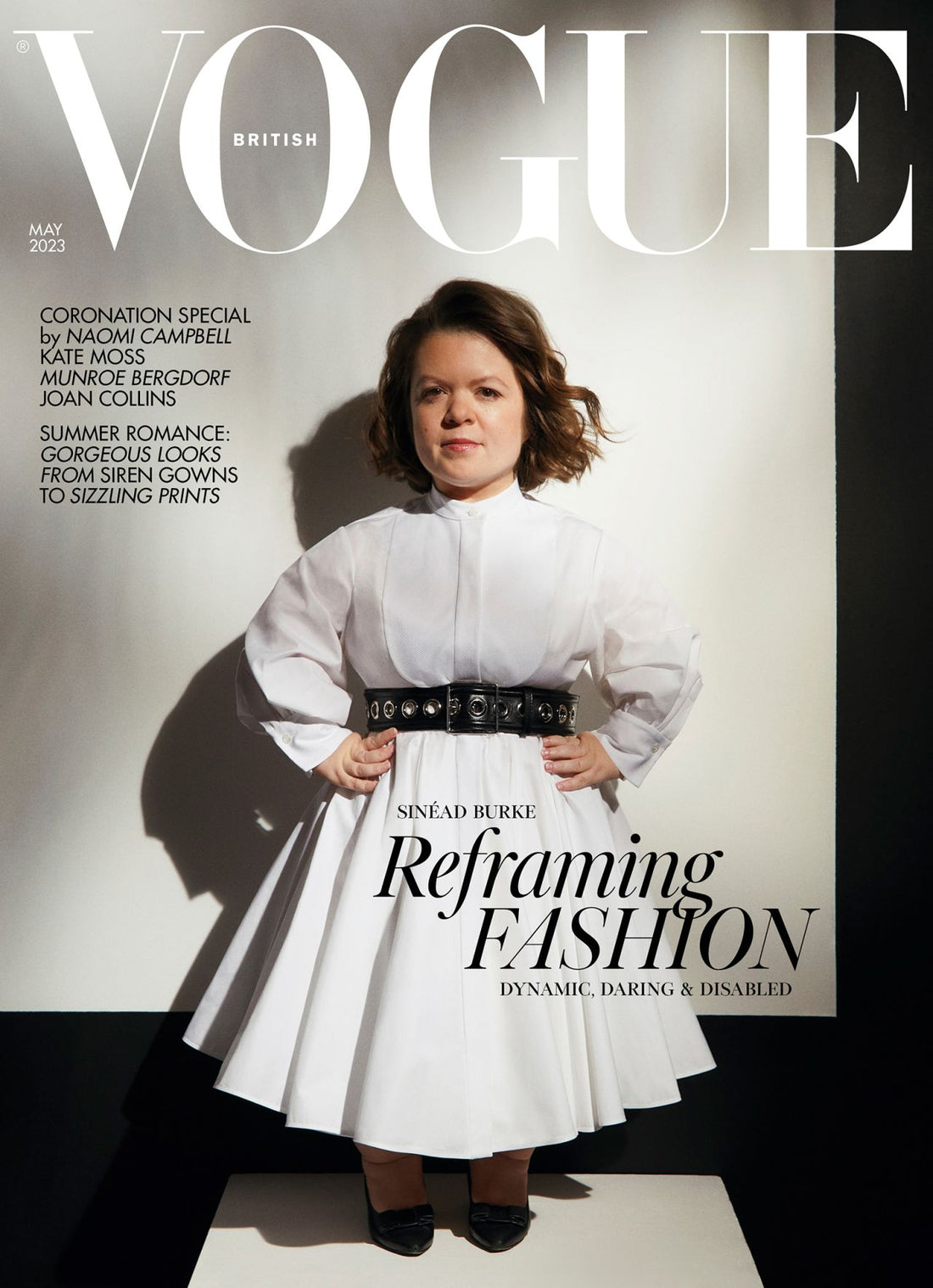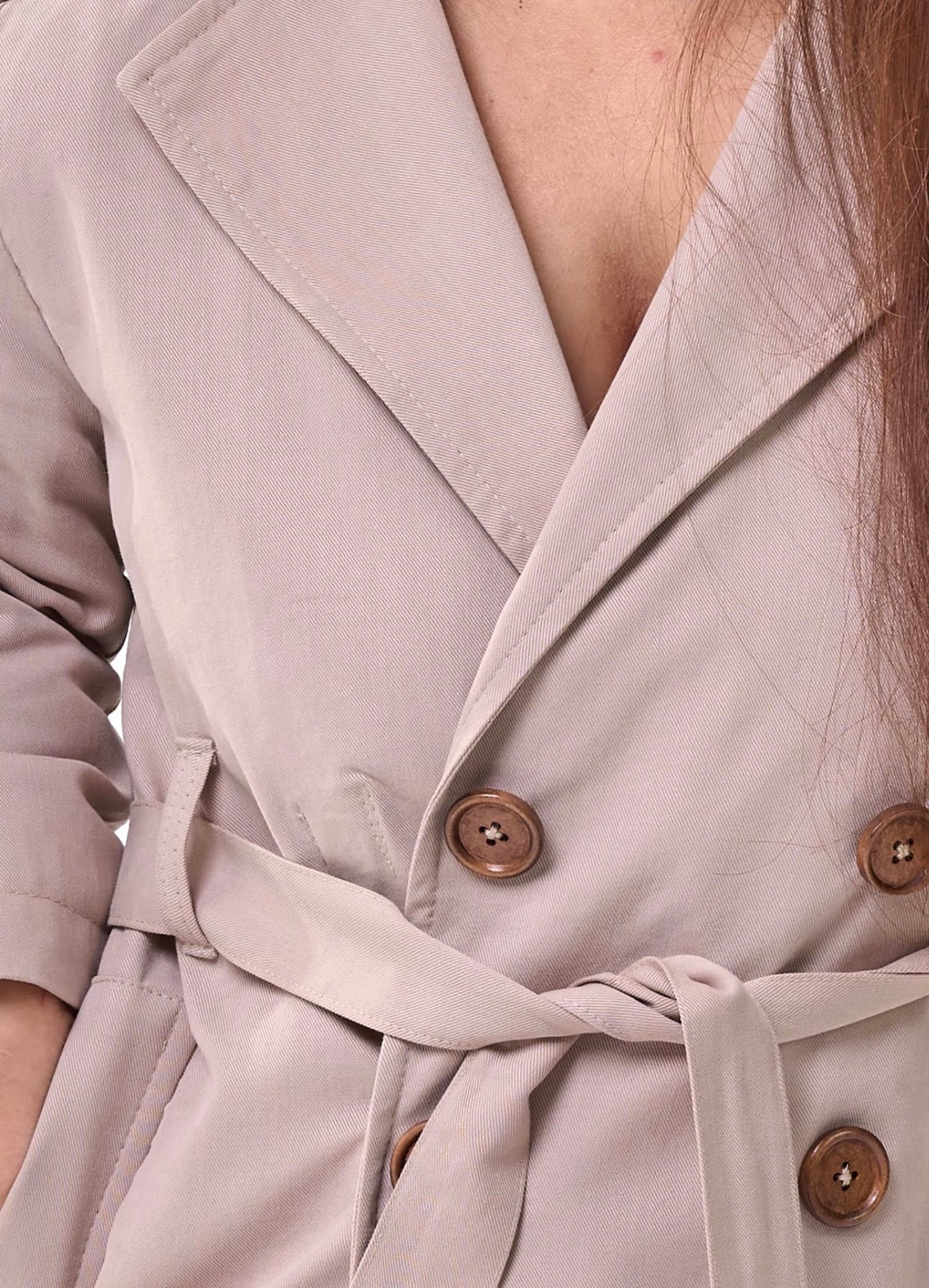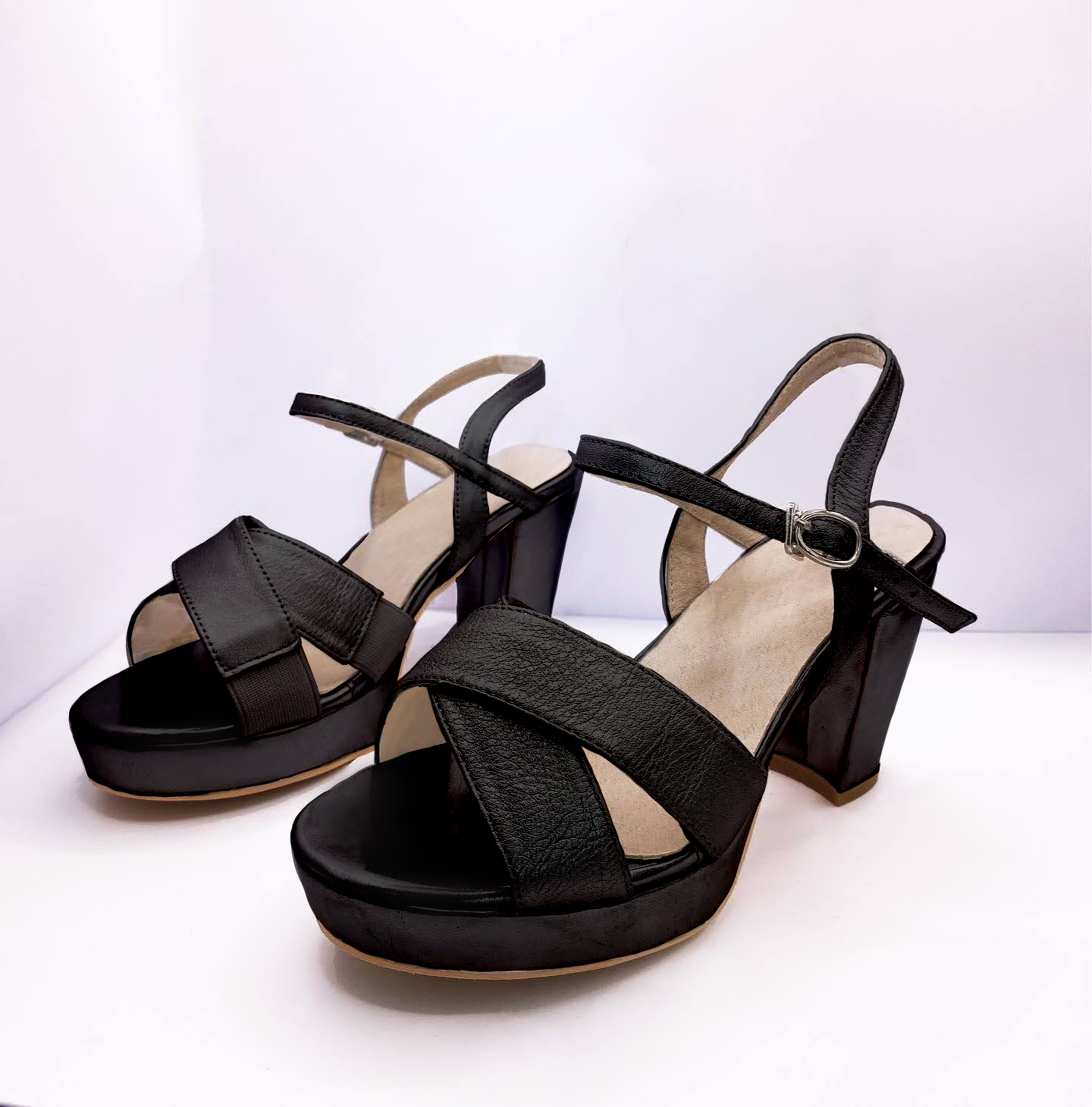Short stature people have long been overlooked in the fashion industry, with designers often catering to tall and slender models. However, with the rise of diversity and inclusivity in fashion, this trend is beginning to shift. In this blog post, we'll explore the history of short stature people in the fashion industry and how they are changing the game.
In the early days of the fashion industry, models were typically selected based on their social status and connections rather than their height or physique. However, as the industry grew and evolved, the fashion industry had a preference for tall models, with most runway models standing at 5'9" or taller. This trend began in the 1940s when designers started creating clothes for models with a taller and more slender frame. The reasoning behind this trend was that they believed the clothes would hang better on a tall and slender frame, allowing the designs to stand out and showcase their unique features.
However, this trend has excluded a large portion of the population, particularly those who are shorter in stature. Many people who are under 5'5" have found it difficult to find clothes that fit well and showcase their unique style. This has led to a lack of representation for short stature people in the fashion industry.
Despite these challenges, there have been notable individuals who have broken through these barriers and made a significant impact on the fashion industry. One of the earliest examples of this was Toulouse-Lautrec, a French artist who was only 4’8” in height. He is known for creating iconic posters featuring dancers and entertainers that were highly influential in the fashion industry.
Sinead Burke is an Irish writer, academic, and disability rights activist who has made a significant impact on the fashion industry. Born with achondroplasia, a form of dwarfism, Burke has advocated for greater inclusivity and representation for people with disabilities in all aspects of society, including the fashion industry.
In 2018, Burke was named to the prestigious Business of Fashion 500 list, which recognizes the most influential figures in the fashion industry. She has also spoken at events such as TEDx and the World Economic Forum, using her platform to advocate for greater diversity and inclusivity in the industry. Most recently, she has graced the cover of British Vogue for their May 2023 issue!
Thankfully, in recent years, there has been a growing push for inclusivity in fashion, with designers and brands starting to create clothing lines and collections that cater to people of all shapes and sizes. This has opened up new opportunities for short stature models and designers to showcase their unique style and creativity.
One example of this is Chamiah Dewey, a fashion designer who has been paving the way for short stature people in the fashion industry. Her fashion line, Chamiah Dewey Fashion, is designed with the goal of providing clothing options that fit and flatter shorter people. Her designs feature shorter hemlines, cropped tops, and tailored fits. She has also been vocal about the importance of inclusivity in fashion, calling for designers to embrace diversity and create clothing lines that cater to people of all sizes.
Chamiah Dewey is not alone in her efforts to promote inclusivity in fashion. Many designers and brands are now creating clothing lines that cater to a diverse range of body types, including those who are shorter in stature. This is a positive step forward for the fashion industry, as it allows for a more diverse range of models and designers to showcase their talent and creativity.
In conclusion, with more designers and brands embracing inclusivity, we can look forward to a more diverse and representative fashion industry.



